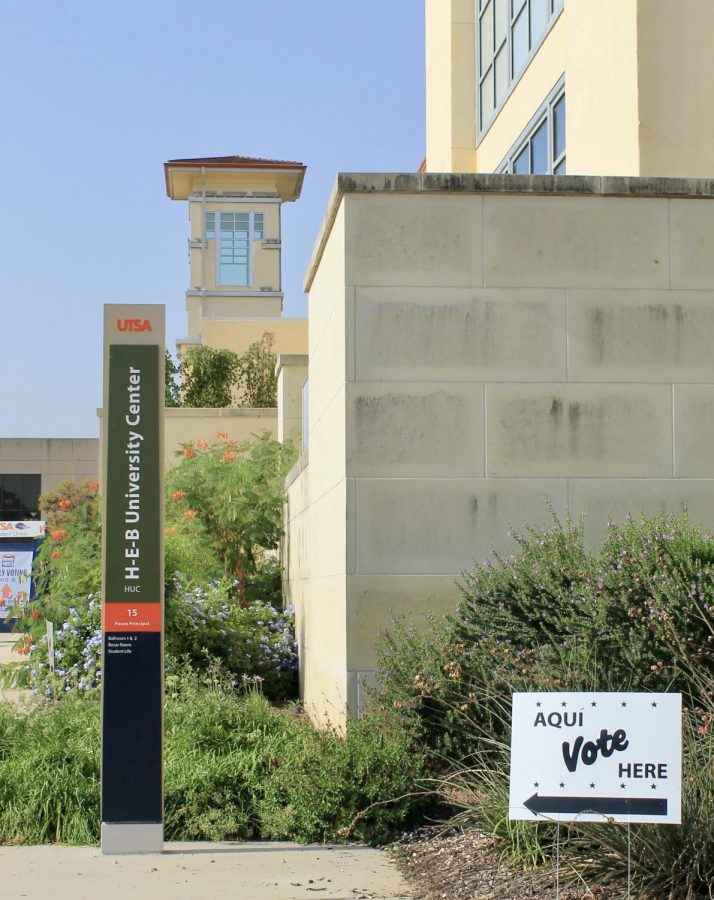Next Tuesday, your vote counts in way more than one election
October 27, 2020
The debates are over; early voting ends on Friday. I’ve already cast my ballot. Hopefully, many of y’all have as well, whether by mail or in person. After Friday, Election Day is the last opportunity for registered voters to stake a claim to their small slice of sovereignty.
In the most important election to most voters — the presidential — that’s a very small slice indeed. Because the presidency is chosen by the electoral college, a uniquely American system in which each state is awarded a population-proportionate number of “electors” who, in turn, all (theoretically) support the candidate with the most votes in the state, the election is generally decided by the results of the states where the final vote has the greatest likelihood of being close.
Michigan.
Pennsylvania.
Wisconsin.
Florida.
Not Texas, where a Democratic presidential nominee hasn’t won the state’s 38 electoral votes since Jimmy Carter won in 1976.
Even if the Lone Star State were to go blue this year, the size of the nationwide vote for Joe Biden would likely lead to such a landslide Electoral College victory that he wouldn’t even need to have won Texas (although it certainly wouldn’t hurt).
But just because Texan voters are unlikely to personally swing the race between Biden and Trump doesn’t mean their votes won’t have a larger impact in down-ballot races. In recent years, there have been several close elections in the Lone Star State and Bexar County.
Many Paisano readers will remember the Beto O’Rourke-Ted Cruz U.S. Senate election in November 2018, which Cruz won with less than 51% of the vote (Beto received 48.3%).
Closer to home, 2019’s runoff election in May 2019 between Ron Nirenberg and Greg Brockhouse for mayor of San Antonio was decided by only 2,690 votes out of 120,792. (Citywide voter turnout was 15%, which is actually high for municipal elections in San Antonio.)
But the award for biggest local squeaker has to go to this spring’s Republican primary for the U.S. House of Representatives seat in Texas’ 23rd District, charmingly gerrymandered to stretch from El Paso county all the way to Bexar county. In that primary, the initial count after July’s runoff election had Tony Gonzales beating Raul Reyes by only seven votes out of 24,686. (Reyes demanded a recount, which Gonzales later won by 46.)
The smaller the race, the bigger the impact — both of a voter’s choice and of the winner’s position on the voter’s day-to-day life.
This year, important elections UTSA students may be eligible to vote in include the U.S. Senate election between MJ Hegar and John Cornyn, one of 36 different races across Texas in the House of Representatives, four seats on the (all-Republican) Texas Supreme Court and a plethora of Texas legislative elections.
There are also three propositions on this ballot in Bexar County that are of definite interest to anyone who buys something in Texas. The propositions would each levy a 1/8th of a cent increase in sales tax to be allocated to COVID-19 recovery, the VIA public transit system and the Pre-K 4 SA program.
To see which races you are eligible to vote in, check the personalized sample ballot provided by vote411.org.
It only takes a handful of minutes (ideally) to do your civic duty, but the effect could resonate for far longer.







